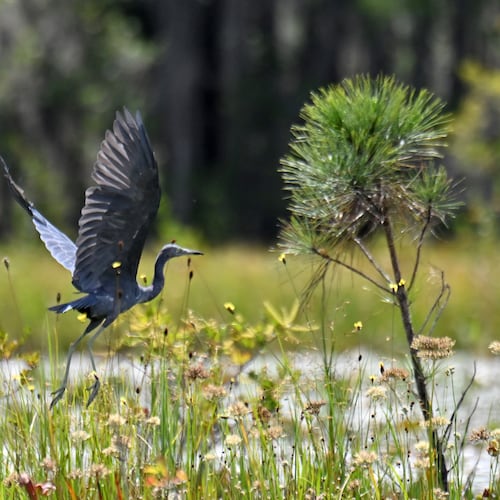Q: What are congressional earmarks? How do they work? Who proposed them? When did they start? Is there any supervision over their use?
—Roy Graham, Sandy Springs
A: Earmarks are funds, often provided by Congress, that are meant for specific projects or a particular purpose or organization, often to attract votes to pass certain bills, but there's been a ban on earmarks in Congress since 2011. The legislative provisions were often tacked onto bills by lawmakers who hoped to direct federal funds into projects in their districts or states. Congress, instead of using the word earmark, calls them "member directed spending," "plus ups," "budget enhancements," "additions" and "programmatic adjustments," The Washington Post reported. Rep. George Thatcher of Massachusetts received the first earmark from the first Congress in 1790, when $1,500 was awarded to complete the Portland Head Light, a lighthouse in what is now Maine. Some Congressmen have pushed to end the ban on earmarks "as a way of greasing the legislative wheels," The Huffington Post reported. Sen. Dick Durbin (D-Ill.), the second-ranking Democrat in the Senate, is latest member of Congress who said the return of earmarks would help end legislative gridlock. However, Speaker of the House John Boehner (R-Ohio) tweeted on April 21: "Sorry @SenatorDurbin, earmark ban has helped us cut waste & restore transparency. It stays." One of the most famous earmarks was the proposed Gravina Island Bridge in Alaska, which was to cost $398 million. The "Bridge to Nowhere," as it's been called, was to replace a seven-minute ferry ride between Ketchikan, Alaska, and the island where Ketchikan International Airport is located. The island has 50 residents.
Andy Johnston wrote this column. Do you have a question about the news? We’ll try to get the answer. Call 404-222-2002 or email q&a@ajc.com (include name, phone and city).
About the Author
Keep Reading
The Latest
Featured

